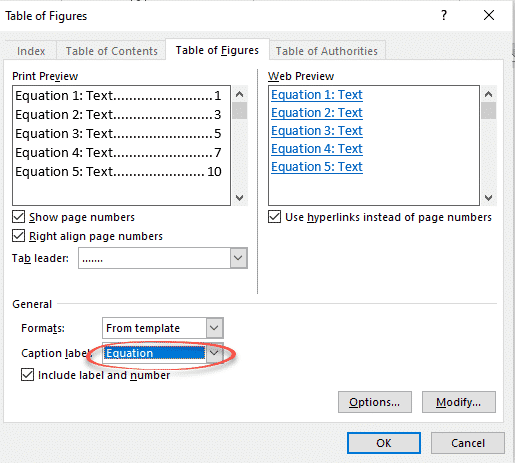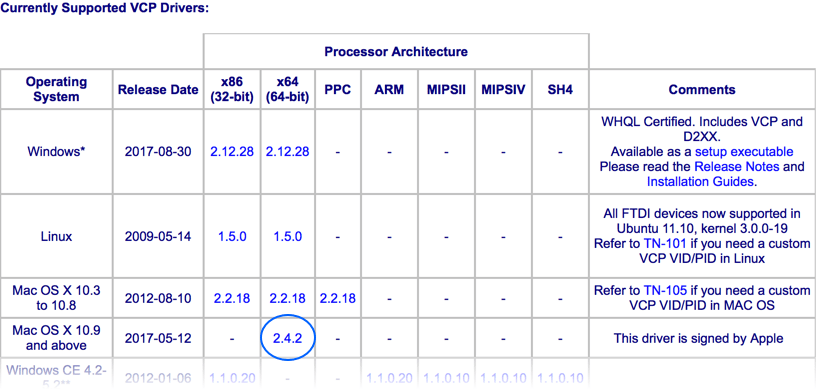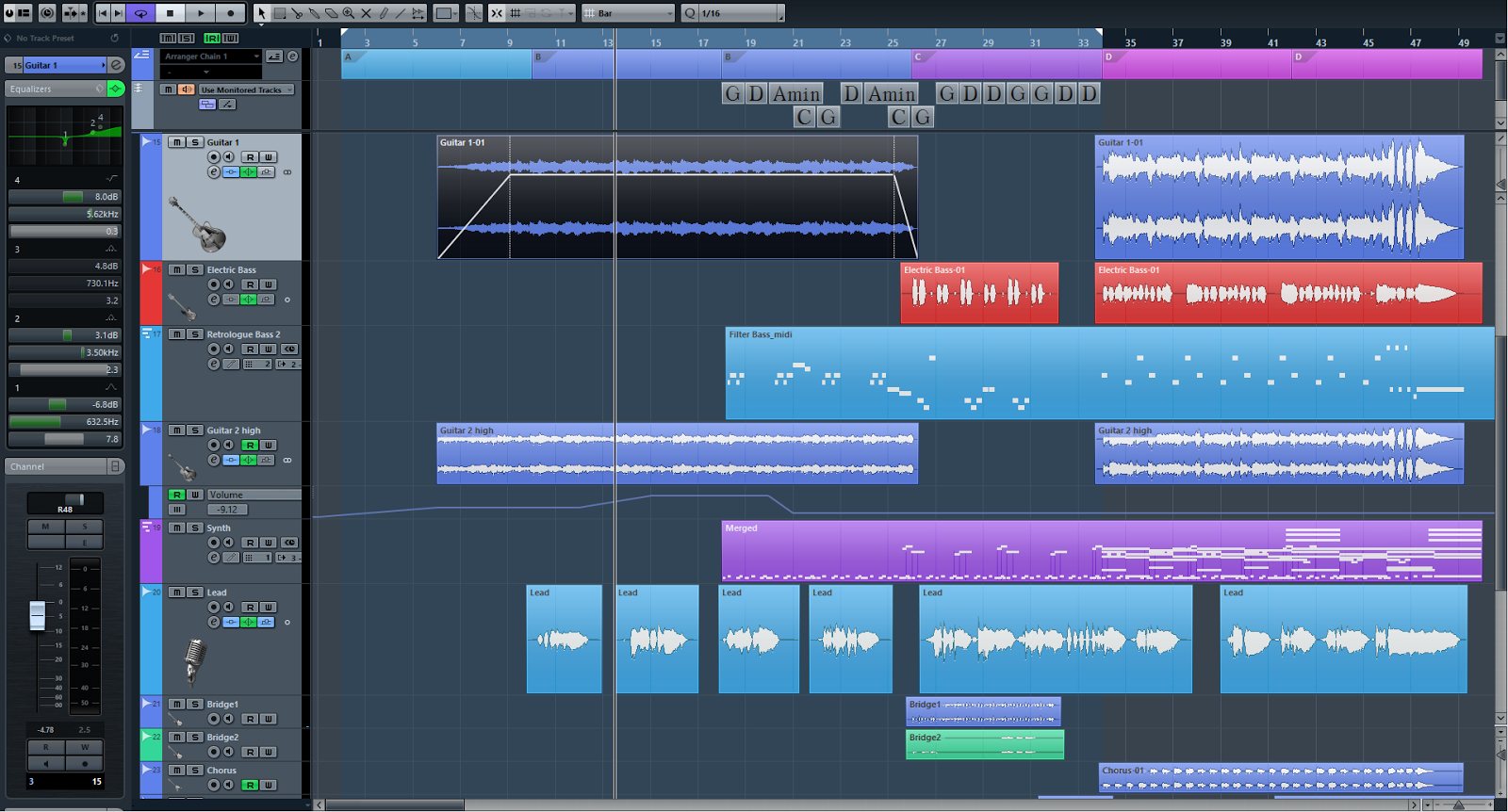
Automatic Page Numbering For A Book Word Mac
Microsoft Office for Mac; Word; How to Insert Page Numbers in Word 2007; How to Insert Page Numbers in Word 2007. Related Book. Word 2007 All-in-One Desk Reference For Dummies. By Doug Lowe. In Word 2007, you can insert page numbers from the Page Numbers gallery. 3 Select the format that you want to use for your page numbers. Word updates. To add page numbers: Word can automatically label each page with a page number and place it in a header, footer, or side margin. If you have an existing header or footer, it will be removed and replaced with the page number. On the Insert tab, click the Page Number command.
Note: These instructions assume your document has noexisting page numbering. Although existing page numbers may not be aproblem, it is best to back up your document, and then remove allexisting page numbers before following the steps below.
On this page:
Beginning page numbers on the second page
To begin page numbering on the second page:
Word 2007 for Windows
- On the Insert tab, in the 'Header & Footer' group, clickPage Number.
- Click Top of Page, Bottom of Page, or PageMargins, depending on where you want page numbers to appear inyour document.
- Choose a page numbering design from the gallery ofdesigns.
- On the Design tab, in the 'Options' group, chooseDifferent First Page.
All other versions (Windows or Mac)
- Put your cursor on the first page, and from the Insertmenu, select Page Numbers...
- Select the position and alignment you want for the pagenumbers.
- Uncheck Show number on first page, and then clickFormat...
- Select your desired format.
- At the bottom of the window, select Start at:, andthen select the number just below what you want your first page numberto be (e.g., if you want the page after the title page to be page 1,select 0 as the starting page number).
- Click OK twice to return to Word.
Beginning page numbers anywhere after the first page
To begin page numbering anywhere after the first page:
- Determine where you want your page numbering to begin (e.g., page4), and then place your cursor at the end of the preceding page (e.g.,page 3).
- In Word 2007, from the Page Layout tab, in the 'PageSetup' group, select Breaks. Then, from the drop-down list,select Next Page.
In other versions of Word for Windows, from the Insert menu,select Break... Under 'Section break types', selectNext Page, and then click OK.
In Word 2008 or 2004 for Mac OS X, from the Insertmenu, select Break and then Section Break (NextPage).
- In Word 2007, from the View tab, in the 'Document Views'group, select Print Layout.
In all other versions, place your cursor on the next page, and then fromthe View menu, select Header and Footer. The Headerand Footer toolbar should appear with several icons.
- If you want the page numbers at the top of the page, make sure youare in the header. If you want the page numbering at the bottom,switch to the footer. Click Switch Between Header and Footerto toggle between the header and footer.
Note: In Word 2007, the toggling option is located on theDesign tab in the 'Navigation' group. In other Windowsversions, it is the third icon from the left of the Closebutton. In Mac OS X, it is the fourth button from the Closebutton. Mousing over the icon for a couple of seconds will display'Switch Between Header and Footer'.
- Once you are in the header or footer, find the Same asPrevious or Link to Previous icon on the toolbar (orRibbon in Word 2007). It will have a slightly different look from theother icons because it is already enabled. (Again, you can mouse overthe icon to see its name.)
- Click Same as Previous or Link to Previous todisable it. This separates the section's headers or footers from thoseabove. In all versions except Word 2007, close the Header and Footertoolbar.
- In Word 2007, from the Insert tab, in the 'Header &Footer' group, select Page Number, and then choose yourpreferred position and alignment for the page numbers.
In all other versions, from the Insert menu, select PageNumbers.., and then choose your preferred position andalignment for the page numbers. Leave Show number onfirst page checked.
- In Word 2007, in the 'Header & Footer' group, click and holdPage Number.
In all other versions, click Format.., and then in the'Page numbering' section, click Start at:.
- Select the exact number you want to be your starting number.
- Click OK until you return to the document.
Using this method, your document should have no page numbering beforethe point you selected. Later, you can add page numbers to the firstportion without harming your custom numbering. To restart or customizeyour page numbering at a later section of the document, follow thesame instructions.
Choose a template
Pages includes two categories of templates specially designed for creating EPUB books. To choose a book template:
- In Pages on your Mac, choose File > New.
In the document manager in Pages on your iPhone, iPad, iPod Touch, or on iCloud.com, tap or click the New Document button . - In the template chooser, scroll down to the Books templates.
- Choose the template that's best for your content:
- For books that use mostly text, choose a Portrait template. With a Portrait template, you can choose to use reflowable text when you export to EPUB. In the exported EPUB book, text adjusts to different sizes or orientations of devices. Because of this, your book may look different from the original document when opened in Apple Books or other readers.*
- For books that use a lot of images, or that format content in columns, choose a Landscape template. Landscape templates are exported to EPUB with fixed layouts. The layout is maintained in the exported EPUB book. The layout doesn't change depending on the size or orientation of devices.
* If you decide you want the layout of your Portrait EPUB book to match your document's layout, you can always export your Portrait template-based document as a fixed layout EPUB.
Create a book in Pages
After you've picked a template you can add text, photos, image galleries, videos, shapes, tables, charts, and your own drawings to your document. You can record audio directly on a page in your document and listen to it in your EPUB. You can also animate drawings, which will play back in your EPUB. And, to make sure your book has a table of contents, use the Table of Contents view in Pages to add one.
With a Portrait template, new pages are automatically created as you add content. Your text automatically flows from one page to another. With a Landscape template, you must manually add a new page.
You can also copy a section from one word-processing document to another, or copy a page from one page layout document to another. Learn how to copy and paste pages and sections on iPad, iPhone, or Mac.
Now, you will connect your computer to any of the MediaTek Android phones without of any error. And the computer will not show any device unrecognized message.Hope you will get your problem solved, and if anything does not go the way we mentioned. In this way, you will finally be able to install the right drivers in the right way. 
If you want text to flow from one page to another in a Landscape template, you can use linked text boxes.
Add pages manually
To add pages to a Landscape template on a Mac, choose Insert > Page.
To add pages to a Landscape template on an iPad, tap the Add Page button in the left column, then choose a page.
To add pages to a Landscape template on an iPhone or iPod touch:
- Tap the page numbers at the bottom of the screen.
- Touch and hold the thumbnail for the page you want the new page to follow, then tap Add Page at the bottom of the screen. If there is more than one master page for the template, choose the one you want. Otherwise, a blank page is automatically added.
- To close the page thumbnail view, tap the handle above the thumbnails.
View and share your book
You can view and share your EPUB book in Pages on your iPhone, iPad, Mac, or online at iCloud.com.
Pages on iPhone or iPad
- Open your document in Pages.
- Tap the More button .
- Tap Export.
- Tap EPUB.
- Tap Send.
- To view your book in the Books app on your device, choose Copy to Books. To share your book, tap an app such as Mail or Messages.
Pages for Mac
- Open your document in Pages.
- Choose File > Export To > EPUB.
- Click Next.
- Select a location for your book, then click Export.
- To view your book in the Books app on your Mac, double-click the book file. To share your book, select the file in Finder, click the Share button , then choose a method for sharing your book.
Pages for iCloud
- Open your document in Pages.
- Click the Tools button , then choose 'Download a Copy.'
- Click EPUB in the window that appears.
- Click Download.
- To view your book in the Books app on a Mac, double-click the book file. To share your book on a Mac, select the file in Finder, click the share icon, then choose a method for sharing your book.
Publish to Apple Books
You can publish your book directly from Pages to the Books store in Apple Books on your iPad, iPhone, Mac, or online at iCloud.com.
